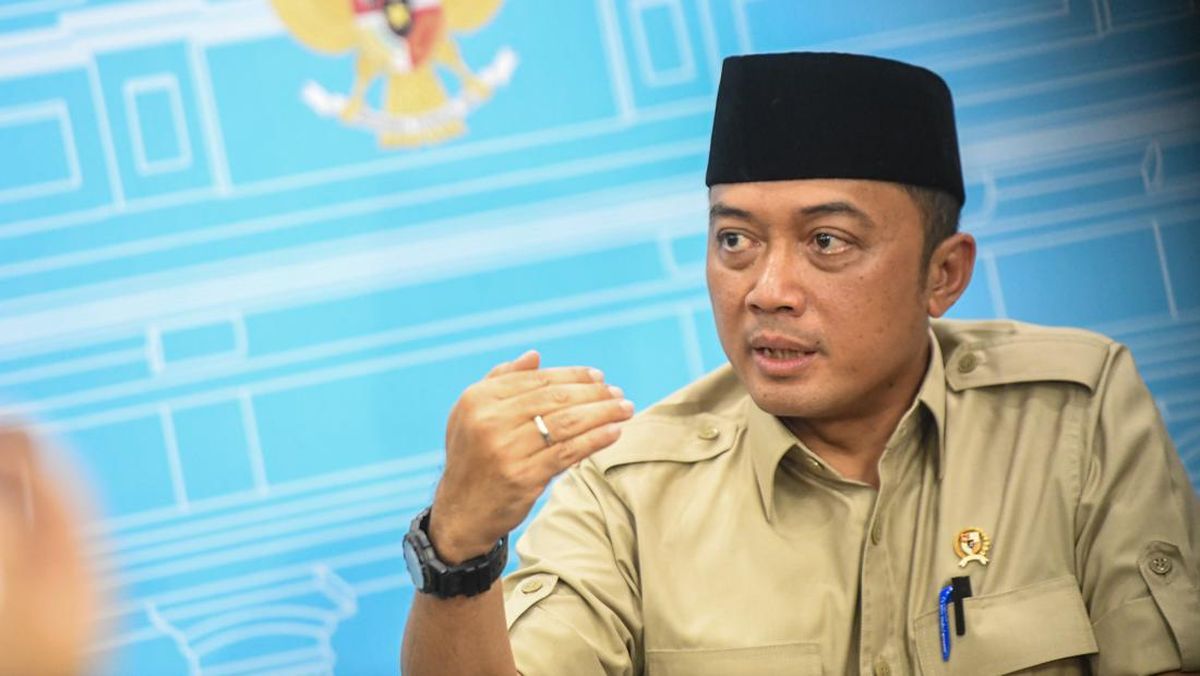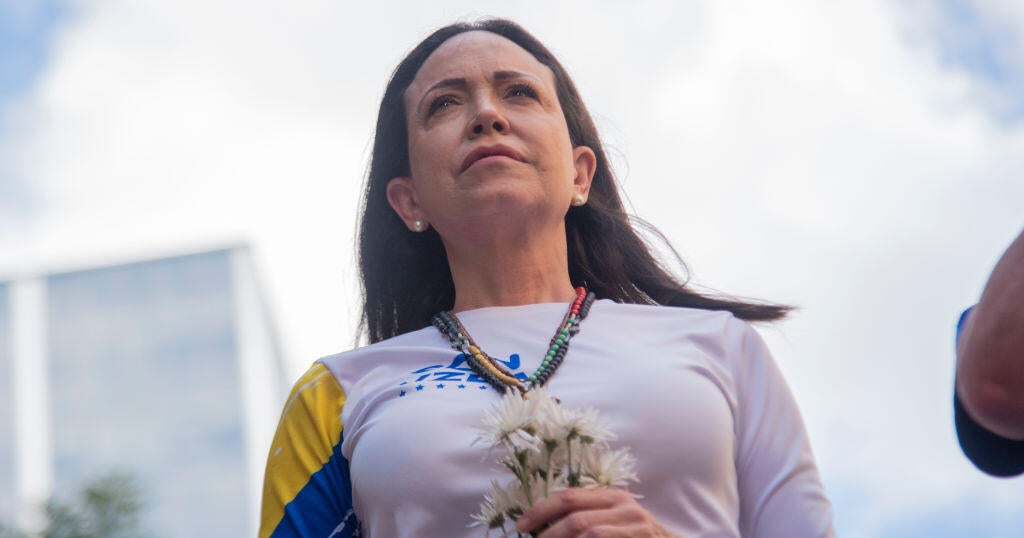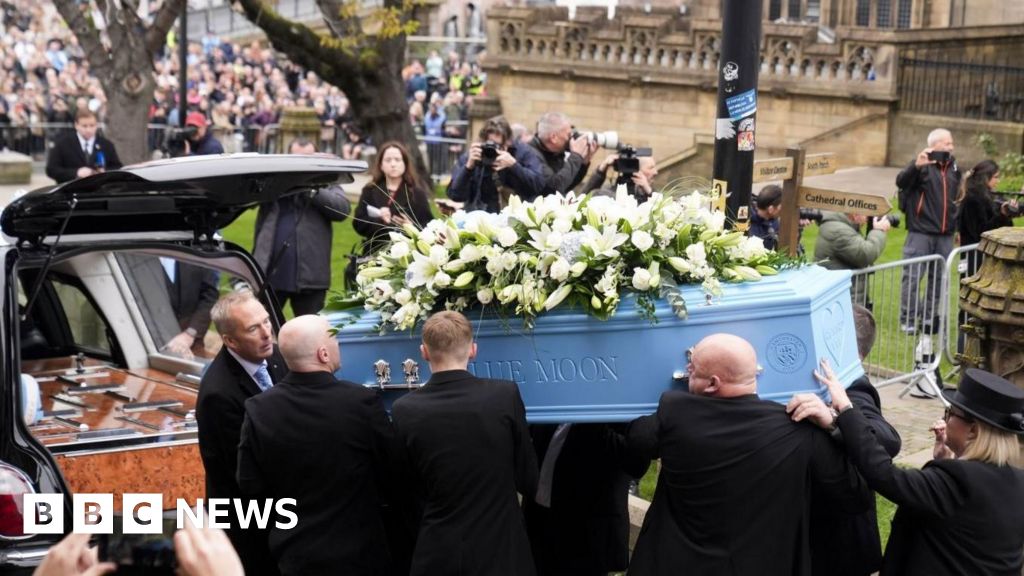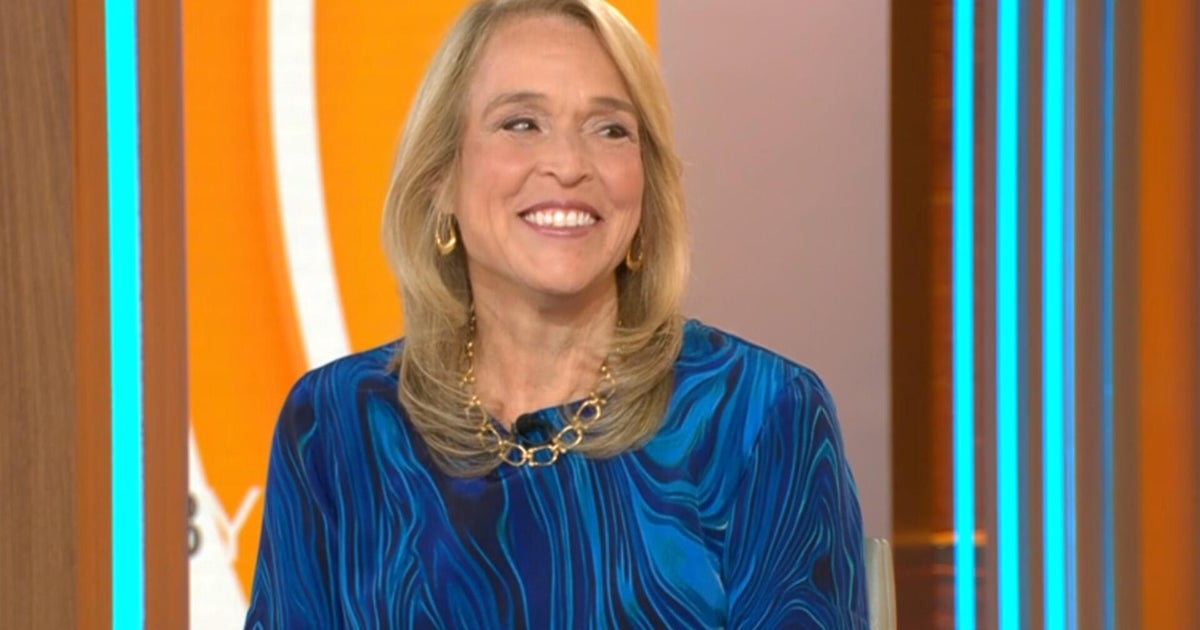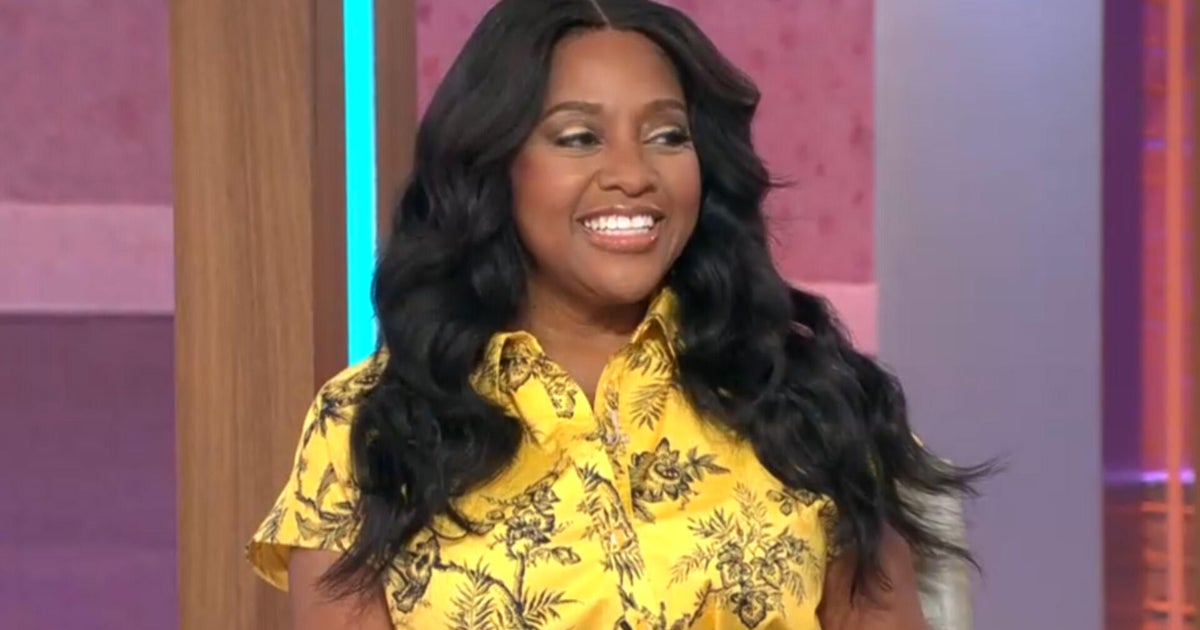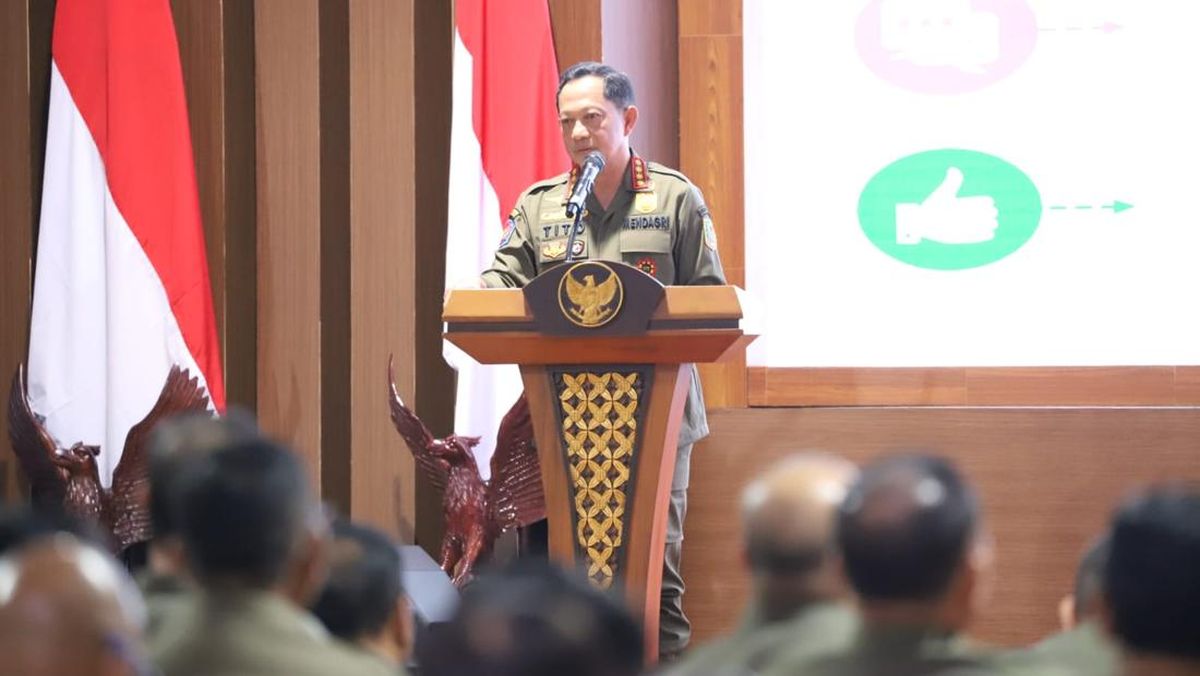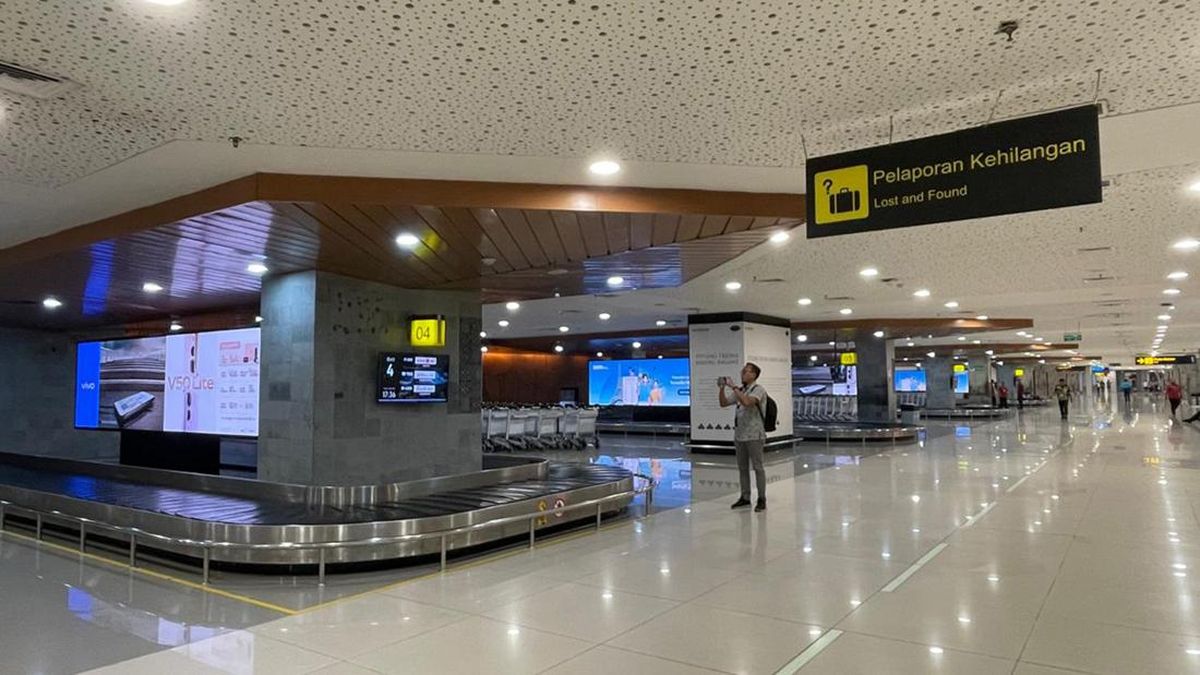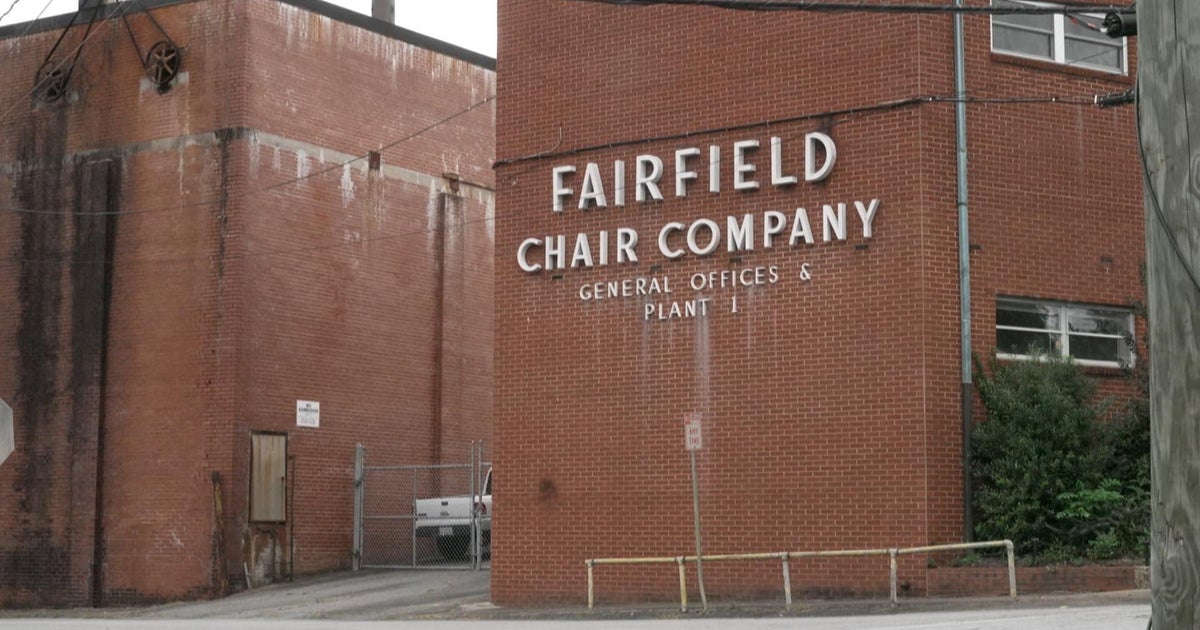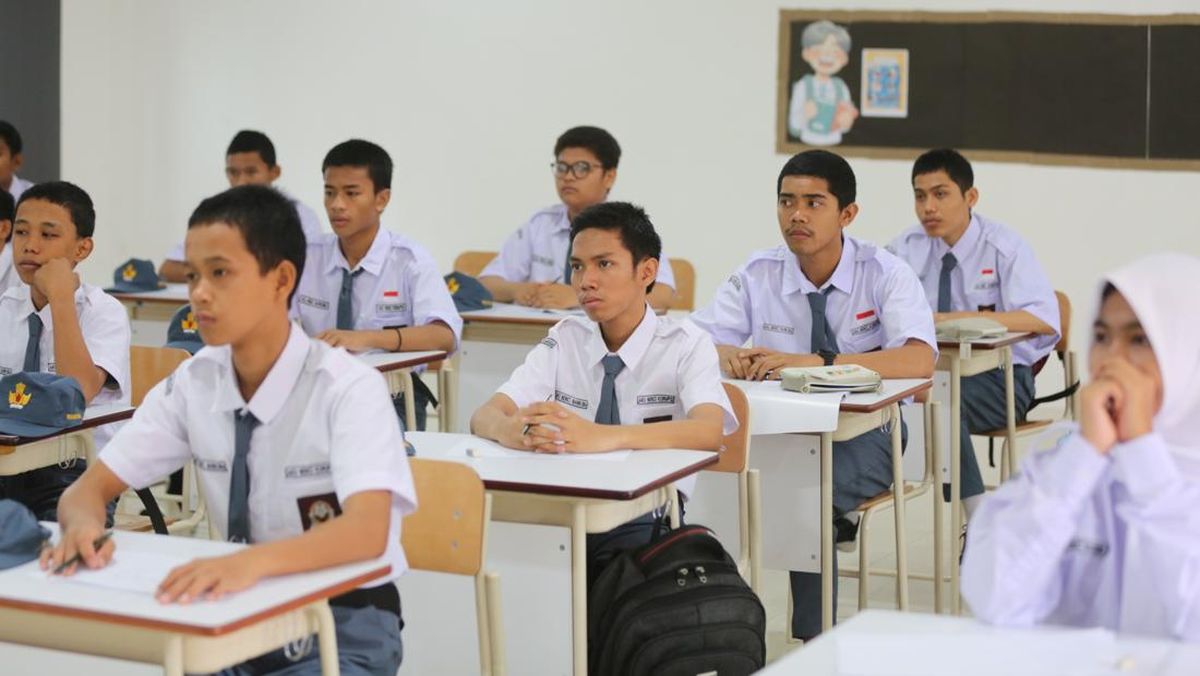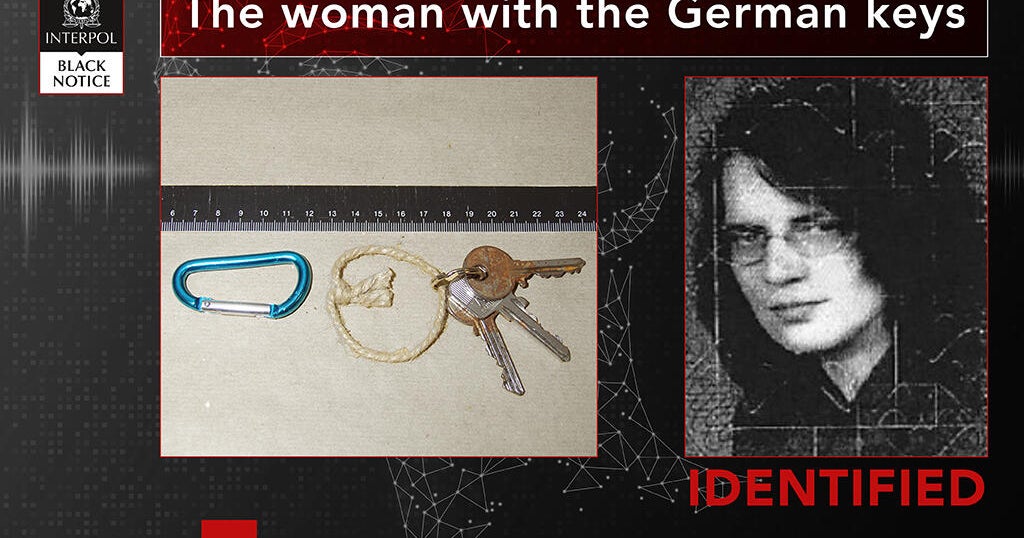Opinion
October 11, 2025 — 12.15am
October 11, 2025 — 12.15am
Nine Entertainment chief executive Matt Stanton is now one year into one of the most challenging jobs in corporate Australia.
He has behemoths like Google and Facebook/Instagram owner Meta eating into his company’s advertising revenue and content. And now the artificial intelligence pedlars, the OpenAI and Anthropics of the world, are also looking to pinch the company’s content to train their bots.
It’s an unholy pincer squeeze applied by cashed-up US companies that Stanton, and his peers, hope the federal government will have a remedy to.

Nine Entertainment chief executive Matt Stanton.
Stanton spent a day in Canberra on Thursday, one of his regular trips to the capital, applying his lobbying skills and getting the lay of the land.
The traditional media operators want a stern intervention from the federal government, which has previously demonstrated its willingness to back publishers pushing to be compensated by Google and Meta – through the mandatory news media bargaining code.
Loading
But since then, Meta has left the negotiating table, telling publishers to get lost, and the current stalemate can be only broken by the Albanese government.
Stanton is pretty confident, “the government has our back” and has teamed up with other Australian publishers, including arch rival News Corp, to ensure that promise translates to a willingness to wield a big stick.
This media coalition wants everyone to wake up to the emerging hazard presented by the big AI monsters, like Sam Altman’s OpenAI, that are already scraping (using) local content to feed into their large language models. They pay nothing to the publishers for the content, which essentially trains the models to be more effective.
By way of example, Stanton says one of Nine’s publishing assets, the Australian Financial Review, is “scraped” by AI 10 times every second. And there’s no easy way to get a handle on it. Stanton describes it as akin to playing a game of Whac-A-Mole.
“I think deals will happen on the AI – they do need our content for their models”, he said
And if the depredations of these technology giants weren’t enough of a hurdle, there looms an even larger shadow. The tariff complications posed by US President Donald Trump.
Trump has already amply demonstrated his protectionist instincts and his willingness to browbeat any government attempting to constrain or dictate terms to the US tech giants.
It will make for an interesting discussion at the upcoming meeting between PM Anthony Albanese and Trump – fresh from a negotiating high thanks to his role in ending the conflict in the Middle East.
The Australian publishers may be quietly confident that Trump will appreciate the existential crisis that they face, but if the past six months have taught us anything, it is that there is nothing predictable about the US president.

Since taking the reins at Nine, chief executive Matt Stanton has aimed to run the publishing, radio, streaming and broadcasting arms in a more unified way.Credit: Joe Armao
At the same time, Stanton has to keep Nine’s own operations humming along against the backdrop of mending the organisation’s previously scandal-ridden culture and a soft advertising market.
Since beginning in the role, Stanton has turbocharged changes to the operating model which means running the various strands of the business – publishing, radio, streaming and broadcasting – in a unified way at the back-end by using and leveraging the data captured by the digital assets.
Stanton uses the example of broadcasting the Australian Open tennis. The company used readership from subscribers of The Age and The Sydney Morning Herald to capture those that had looked at a story about tennis.
It then successfully targeted these people to push tens of thousands of them into signing up to 9Now to watch the tennis. Leveraging the diversified media businesses clearly puts Nine in a solid competitive position.
And it’s a lesson other players are picking up on. Only a few weeks ago Kerry Stokes’ Seven West Media (owner of the Seven Network and West Australian print assets) proposed a merger with radio business Southern Cross Media.
Nine, somewhat counterintuitively, recently sold its 60 per cent stake in digital real estate portal Domain earlier this year, given this was the one growth business in its portfolio that was not subject to disruption.
While the TV and publishing arms of Nine are contending with a structural decline in advertising dollars, and the streaming business Stan swimming in a pond full of competitors, Domain was the one business that was growing. So why sell the stake?
Stanton’s answer is pretty unambiguous – the price tag of $3.2 billion (pitched by US property giant CoStar) was an offer too good to refuse.
Loading
“It’s all about shareholder return … because the price was too good to say no to.”
Flush with its share of the cash, Nine has paid some of it back to its shareholders, but there is plenty left in the bank to acquire a new business and/or put its hat in the ring for sports broadcast rights.
And it might find itself with some additional money to boot, once the review of its radio business leads to an eventual sale of the business.
There’s been lots of speculation about Nine acquiring outdoor advertising group oOh!media. Stanton isn’t discounting that prospect, but he isn’t talking it up either.
He says it’s expensive and a bit outside Nine’s wheelhouse.
Instead, he appears to be leaning more towards entertainment rather than looking towards buying a technology business (which is a path taken by some of the US’ traditional media companies).
Traditional media companies in Australia are a far cry from their glory days – which are not coming back – but in Nine, Stanton has the keys to the best house in the worst street.
The Market Recap newsletter is a wrap of the day’s trading. Get it each weekday afternoon.
Most Viewed in Business
Loading

